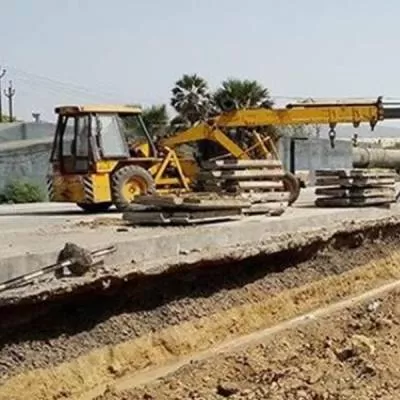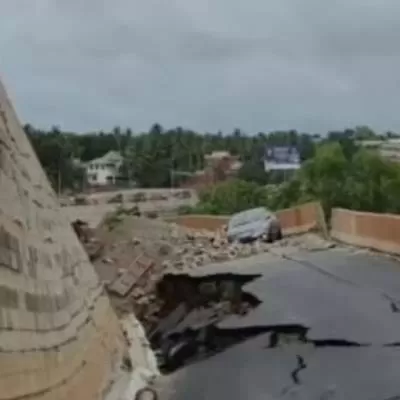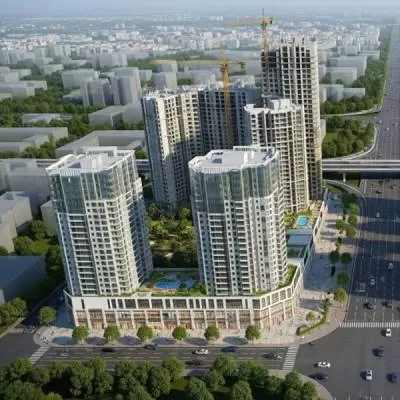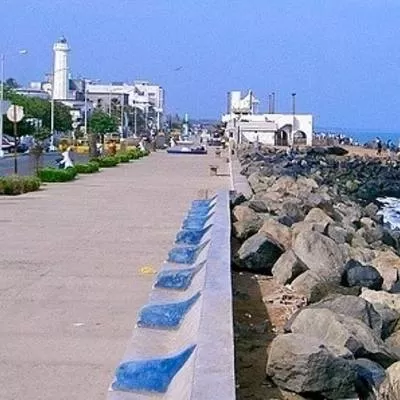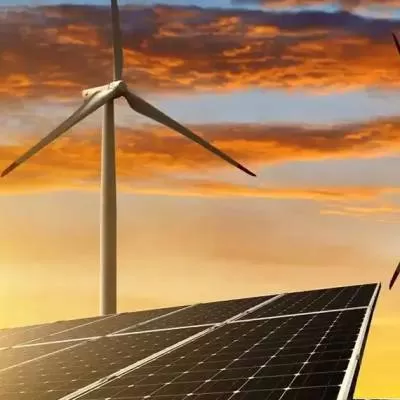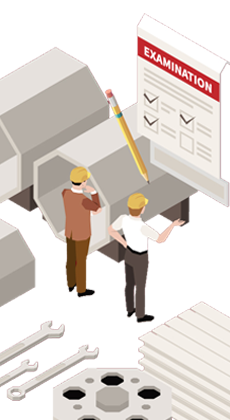Schedule a Call Back
Smart grid deployment will happen automatically
How can smart grids help in enhancing systemic efficiencies, especially in India where we are trying to meet our growing demand for electricity from a highly diverse and complex grid of conventional and renewable energy?
Increasing productivity means generating or producing more with lesser inputs. Obviously, systems then become more complex. For example, if you take the energy chain, in the past, electricity would be generated, transmitted, distributed and used. But now the whole process is being turned 180-degrees into the other direction. We are using and producing at the same time. And what appears to be a very stable system, suddenly transforms into a very complex environment, in terms of exercising control over a factory or electrical grid. Although we have been engaged in automation and digitisation for several years with the availability of technologies like the Internet of Things (IoT), we can gather more data and interconnect better to enhance our customers' experience in terms of decision making. This is particularly important in terms of artificial intelligence or machine learning that is deployed in Schneider's EcoStruxure architecture. That's why I am very excited whenever I visit India because all of that is being promoted by the current government on the manufacturing side with Make in India and is totally compatible with what we have to offer.
Over the years, the developments in India have been astounding. If you look at the growth in GDP and rise in the income levels, they have gone hand-in-hand. When you have more people entering the job market, you have to make sure that they are gainfully employed. But how do you bring more people into the workforce even while staying competitive with respect to manufacturing and utilisation of resources? Those objectives can be met through automation and digitisation. That's why these days, we at Schneider Electric are very excited wherever we go, for that's our business.
Although India has been aggressively pushing for generation of more renewable energy, there is the problem of intermittency in the grid. How can technology help in the creation of smart grids of wind-solar and conventional energy?
If you are able to inject intelligence in the system, you also get to understand who is utilising how much and with that knowledge, you can start balancing the system. In the past, we called this Balance of Plant (BOP) and would undertake it in very small power plants to ensure stability in power frequency that was injected into the network. But now, it has increasingly become far more complex. Therefore, your balance of plant becomes the balance of grid or balance of island. To put it in simple terms, think about the electric grid as an isolated island with different types of generators and users. You need to make sure that everything is in balance. And that's what we are trying to incorporate in the smart grid, to stabilise utilisation and production as also to ensure stable distribution in the network.
In conversation with our sister publication, IPF, you had reiterated a very interesting observation: "Digitisation is the present, electrification is the future." But aren't the two already happening simultaneously?
Let me contextualise my statement. Everything is connected and there is a forward and backward exchange of data. There are a lot of people who don't give a second thought to what might be driving the digitisation process. To give you a couple of examples, the biggest user of energy today is blockchain because it is a highly distributed yet intelligent network that runs on multiple servers in multiple time zones. Therefore, a lot of energy gets consumed in that area.
Similarly, I heard that some of the video streaming services have arrived in India to produce entertainment content because that's really picking up traction. Therefore, you will need a lot of data centres and once you have them in place, you will need a lot of electricity to drive those data centres. However, electricity is totally underestimated as people think that it is something that belongs to the past. What we would like to say is that electricity will be very important in the future to enable us to do things like data centres and digitisation. Similarly, if you look at electric cars - though their base is presently very small globally - we see that many automakers will come out with a series of Electric Vehicle (EV) models over the next few years. Therefore, the choice that the customer will have in terms of the number of Evs, will increase dramatically. And with that, we believe there will be an acceleration in the use of electric or hybrid cars. Again for that, you will need a lot of electricity. Some of the prosumers will charge the car battery during the day, use it in the evening for dissipating energy into their homes. Owing to all those developments, electricity and its storage have become far more important than we can imagine. Also, the increased use of renewables will make grids smarter and there will be a need to digitise and automate them further. The same is obviously happening in India as well. For instance, if you look at Reliance Industries' Jio division, it's growing exponentially and that's an indicator of what's happening in the telecommunications industry.
Is that why rapidly growing economies like India need to progressively move to smart grid technologies?
That's going to come about automatically with the deployment of renewables as well as with more demand for electricity. At the same time, we need to make sure that these resources are available at a lower cost. On August 1, when we utilised all the natural resources that the planet had for one year, the remaining four months we were living off the future. We are now utilising resources that were available for the next year. It means that every year we are utilising more resources of the future. Unless absolutely necessary, we, at Schneider Electric, are trying to better utilise resources; that we better electrify, that we better digitise and that we better automate in order to push that stage further backward. We call this initiative #MoveTheDate and fully support it.
One of your favourite themes that you touch upon in your various presentations globally is that it is not only important to build efficiencies in the electric grid but also to reduce costs. So, how can disruptive technologies help in realising that objective?
In the past, Schneider was known for power distribution or industrial automation products. On top of that, we had control systems that would drive and control a grid or production site. We added this to our EcoStruxure architecture by adding a third layer to build more intelligent systems. Therefore, one of the things that have been facilitated in a power plant is the monitoring of the distribution network. By gathering data on a continuous basis, you know when the system starts failing. That helps you reduce maintenance costs through measures such as curtailment of downtime and an increase in the plant output. There are simple cause and effects that go through the complete value chain and many a times begin with the energy, of course. We are not only experts in the energy field but all the way to the finishing processes in factories. Therefore, we want to advise our customers on how they can maximise their investment or better utilise their assets to control costs.
It's not necessarily always about the cost of energy, since we are not a generation company. But we help out by reducing costs through lesser maintenance and maximising electricity utilisation so that the energy intensity for finished products gets lowered.
- Manish Pant


Subscribe Now
Subscribe to our Newsletter & Stay updated
RECENT POSTS
Popular Tags
Folliow us

